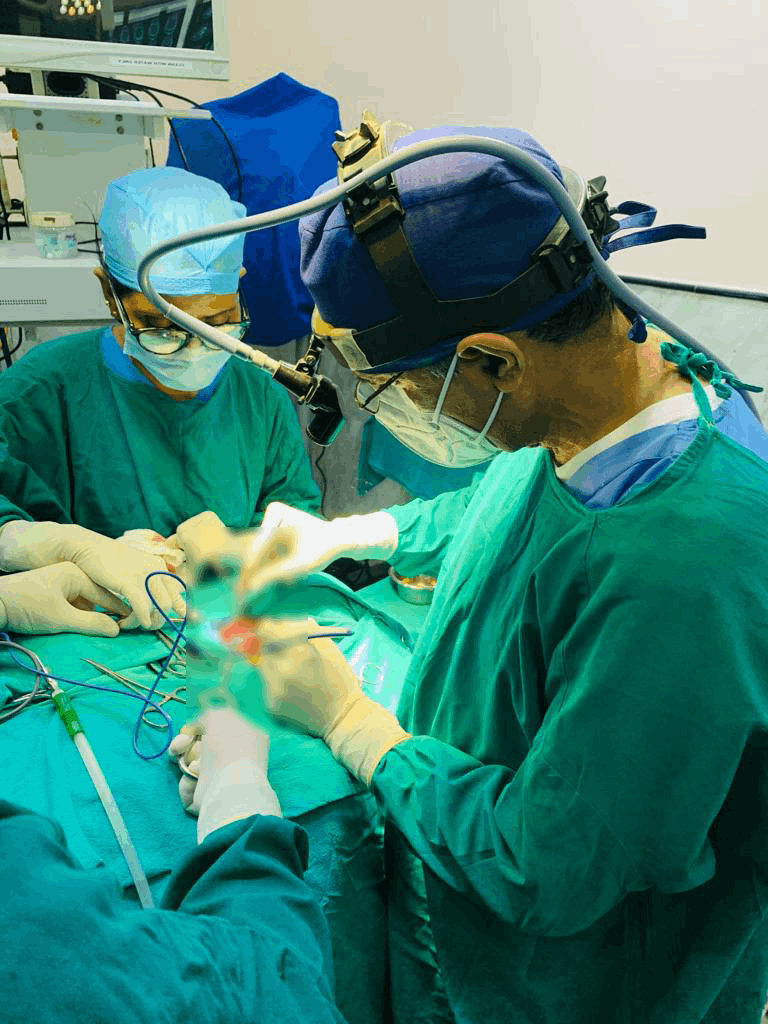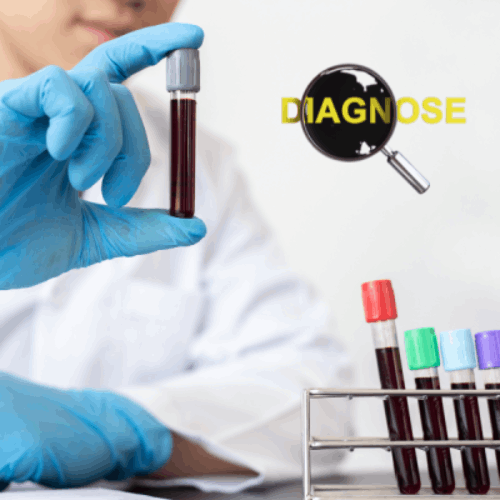
Trusted Neck Swelling Surgery Clinic in Delhi - Expert Surgeons
Neck Swelling Surgery” refers to a medical procedure aimed at treating abnormal or excessive swelling in the neck region, which could be caused by various factors such as infections, tumors, enlarged lymph nodes, or other underlying health issues. Surgeons specializing in neck swelling surgery possess extensive expertise in diagnosing and managing such conditions. They employ advanced surgical techniques and medical interventions to address the underlying cause of the swelling effectively. Patients seeking this specialized treatment can find relief and improved health outcomes by visiting reputable neck swelling surgery clinics in prominent locations like Delhi. These clinics offer comprehensive care, state-of-the-art facilities, and expert surgeons, ensuring patients receive the best possible treatment and attention for their neck swelling concerns.
Removal of Neck Swelling Surgery
The specialty of ENT (Ear, Nose & Throat) was renamed as ENT and Head and Neck Surgery – thus enabling ENT Surgeons to operate on areas beyond the three organs.
Currently ENT surgeons operate in a wide range of fields including the skull base and the brain (Using precise instrumentation and rigid endoscopes).
Neck swellings can broadly be considered under Benign growths or Malignant growths.
Malignant growths are because of Cancers, Lymphomas etc and are dealt with by the Oncology Department which would include, among others, a surgeon, a medical oncologist and radiotherapist.
Benign growths are usually managed by the ENT Surgeon.
COMMON BENIGN GROWTHS – NECK SWELLINGS
CONGENITAL – Branchial cleft cysts and fistulas, thyroglossal duct cysts, dermoid cysts, lymphangiomas (cystic hygromas), congenital torticollis, teratomas and thymic masses.
INFECTIVE – Usually infections of the Cervical Lymph Nodes or of the Submandibular Glands. The infections may be Bacterial (including Tuberculosis), Viral, Parasitic or Fungal.
VASCULAR – These are not so common and they include para-gangliomas, Aneurysms, Haemangioma etc.
NEOPLASTIC – Benign tumours and swellings of the neck including Lipomas as well as benign tumours of the Submandibular gland and the Thyroid (Thyroid Adenoma etc.) Parotid tumours including Pleomorphic Adenoma.
OTHERS – Post traumatic, Auto Immune, Metabolic etc. Sebaceous Cysts of the neck.

DIAGNOSIS

The diagnosis is usually based on –
- History taking – some swellings, specially the congenital ones appear at a certain age –second to third decade of life, some swellings are more common in women (Thyroid swellings). In some cases there is a previous diagnosis of Tuberculosis etc.
- Examination will reveal the size, number and texture of the neck swelling. The location will guide as to the organ of origin. Some special tests like checking for ballottement (Submandibular gland) or movement on swallowing (Thyroid gland) will tell us more about the organ of origin. The feel of the swelling will give us an indication- rubbery (Lymphoma), matted (Tuberculosis), Cystic, hard (Malignant) etc. Tenderness of the swelling will give us and indication if it is currently inflamed or infected.
- Investigations are carried out including Blood tests, Ultrasound of the Neck, CT or MRI if required, an FNAC (Fine needle aspiration Cytology) and other tests as required. Sometimes an internal examination including a Laryngoscopic evaluation may also be required.
REMOVAL OF NECK SWELLING
Once a decision has been taken to remove the swelling the patient will be prepared for Anaesthesia and the surgery.
ANAESTHESIA
Usually performed under General Anaesthesia, in some selected cases it can also be done under Local Anaesthesia or Monitored Anaesthesia Care.
THE PROCEDURE – TYPICAL PROCEDURE FOR A LYMPH NODE BIOPSY
The skin of the neck is cleaned and draped.
An incision is made over the swelling and deeper tissues incised/ retracted till the swelling is reached – this is the deep Fascia of the neck and the platysma. Strap muscles of the neck may need to be retracted/incised to allow the surgeon to reach the Node.
The Lymph Node is separated from the surrounding tissues and removed and sent for Histopathology.
The neck wound is usually closed in two layers.
Sometimes, specially in case of large swellings or excessive bleeding a neck drain may be placed in the wound and left for a day or two.
Routine post operative medication will include a short course of an antibiotic and some pain medication. Apart from blood thinners you should continue to take your other regular medication.
The suture/ sutures are removed/ cut on day 5 to day 7 from the operation.
The Biopsy report, as and when made available, will be discussed with you.

VARIATIONS FOR SPECIAL SITUATIONS
Submandibular Gland- Danger of damage to a branch of the facial Nerve- the Marginal mandibular – as it courses down the neck to come up and supply the angle of the mouth
Thyroid Gland- Damage to the Recurrent Laryngeal Nerve may happen in the best of hands. Special attempts are made to preserve the Parathyroid Gland/s.
Parotid Gland- The facial nerve can get damaged plus the strange phenomenon of Crocodile tears after the surgery. Sometimes there may be a salivary fistula.
Frequently Asked Questions (FAQ)- Neck Surgery
Currently the standard of care is through an open neck incision. However, some surgeons are performing endoscopic surgeries without making an incision in the neck. They are mainly being done for Thyroid and Parathyroid swellings in very limited Centres.
An FNAC (Fine Needle Aspiration Cytology) is a diagnostic procedure where a Cytopathologist takes a sample from the swelling/tumour using a fine bore needle and then stains and examines the tissue under a microscope to help the surgeon with a diagnosis. It is to be performed only by well-trained Cytopathologists because the interpretation by examination of individual cells aspirated from the diseased tissue requires great expertise. The diagnosis made by an FNAC is always confirmed by subjecting the tissue removed at surgery to a Histopathological examination.
It is as painful as an injection.
An Ultrasound is a good imaging technique to start with – it is readily available, is noninvasive and costs less. Sometimes a CT scan (usually for bone or hard structures) or an MRI (for soft tissue- muscle, gland etc.) may be required. Contrast enhancement may also be required if a tumour or infection is suspected.
Surgical Removal of Neck Masses/ Benign Neck Swellings is routinely performed by ENT surgeons with gratifying results.
To determine which surgeon is suitable for your ENT surgery, consider their experience, expertise, and reputation. Ask about their training and certification in the specific type of surgery you need. Review their success rates, complication rates, and patient satisfaction scores. Ask for referrals from your primary care doctor or trusted friends and family members. Finally, communicate openly with the surgeon and ask any questions you may have to ensure you feel comfortable and confident in their care. Ultimately, the best surgeon for your ENT surgery is one who has the necessary skills, experience, and expertise to provide safe and effective treatment tailored to your individual needs.
